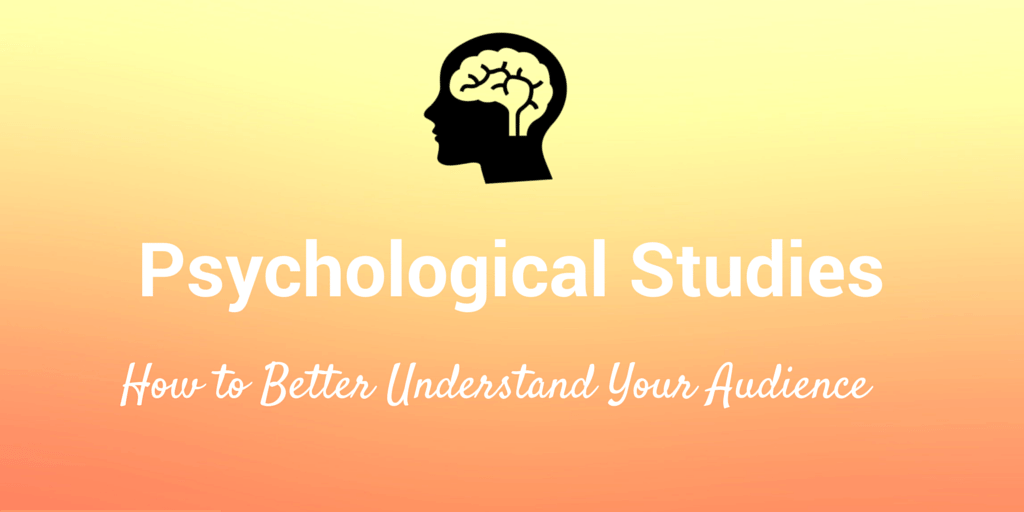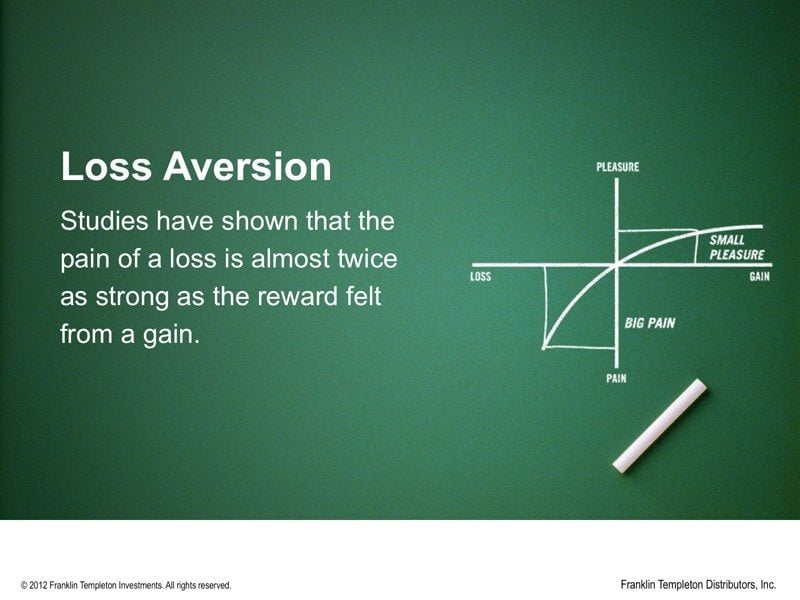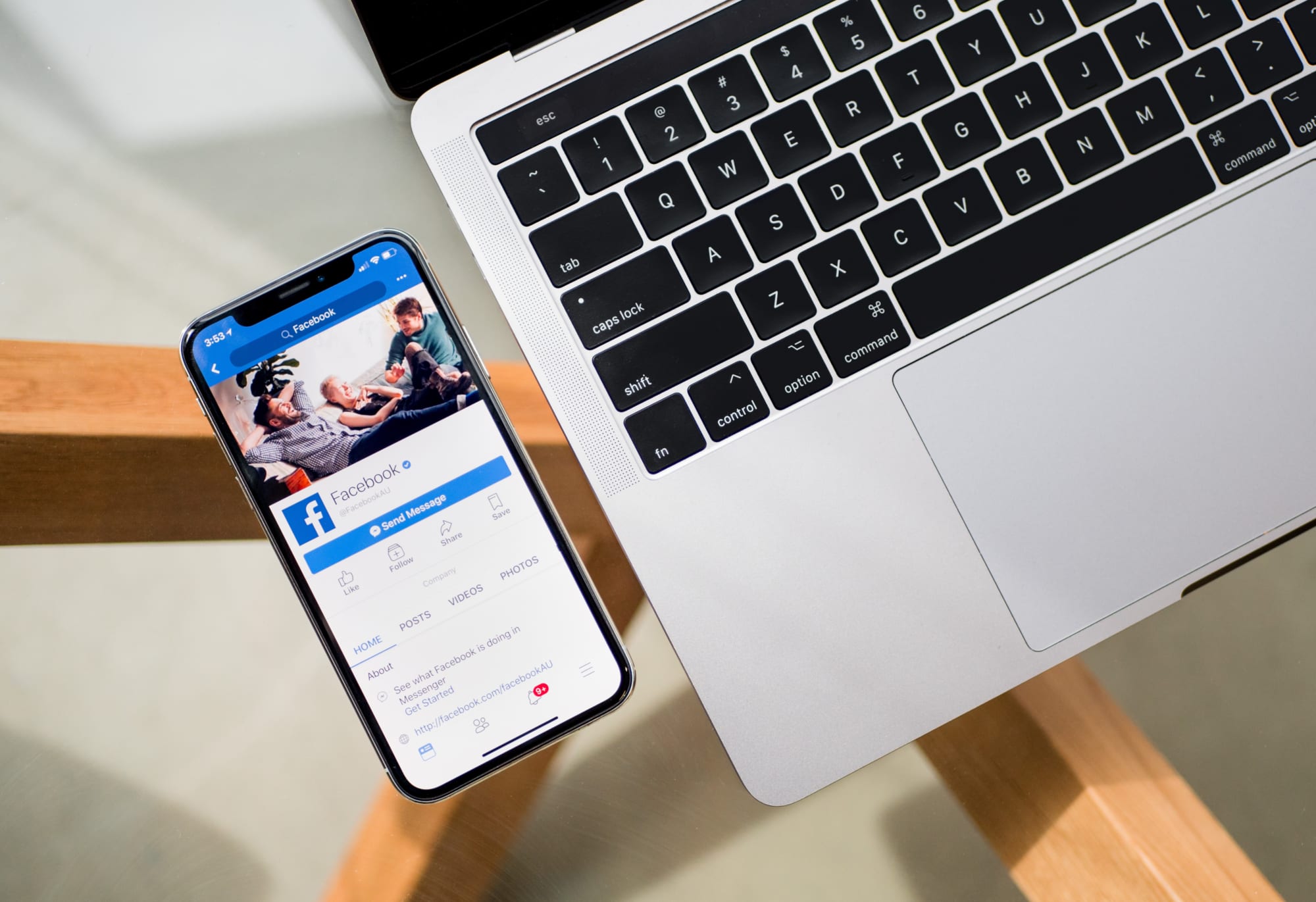How does your audience decide what it wants to click, share, favorite, and purchase?
Understanding a bit of behavioral psychology can go a long ways toward a better understanding of your audience and why they do the things they do on social media and on your website.
There’s tons here for marketers to discover, and the psychology of human interaction can lead to some quick wins in the way you compose your social media updates and communicate online. I’ve collected 15 of my favorite psychological studies and how they might relate to what we all do online. I’d love for you to take a look and let me know what you think!

15 Psychological Studies for Marketers to Know
1. The Endowment Effect
When we own something, we tend to value it more highly. If we have to sell it, we want more than it is really worth.
The research: A study at Duke University found that students who had won basketball tickets valued the tickets at $2,400. Those who had not won tickets would pay $170. Similarly, a study by Daniel Kahneman of Cal-Berkeley found the same effect with study participants and the price of mugs. Value doubled for those owning a mug (perceived worth $10) compared to those looking to purchase (willing to pay $5).
Marketing takeaway:
Your customers attribute a higher value to things they already own. Help increase their ownership in your product or brand by encouraging feedback and suggestions (UserVoice is a great option) or asking for involvement on social media (chats or open office hours).
2. Reciprocity
We feel obliged to give back to people who have given to us.
The research: In 2002, a team of researchers of found that waiters could increase tips with a tiny bit of reciprocity. Tips went up 3 percent when diners were given an after-dinner mint. Tips went up 20 percent if, while delivering the mint, the server paused, looked the customers in the eye, and then gave them a second mint while telling them the mint was specifically for them.
Another fun example: BYU sociologist Phillip Kunz sent Christmas cards to 600 completely random strangers. He received 200 Christmas cards back in response.
Marketing takeaway:
Give something of value to get something in return. In our case at Buffer, we’ve found that acting on the lessons from How to Win Friends and Influence People, at the heart of which is kindness to others, we’ve received many happy returns in terms of opportunities and affinity from others.
3. Consistency Principle
We like to keep consistent what we think, say and do, and will change to ensure this is so.
The research: Princeton researchers asked people if they would volunteer to help with the American Cancer Society. Of those who received a cold call, 4 percent agreed. A second group was called a few days prior and asked if they would hypothetically volunteer for the American Cancer Society. When the actual request came later, 31 percent agreed.
Marketing takeaway:
Help current customers and potential users create an expectation of what they may say or do. For instance, get users to opt-in to a marketing course and offer tools at the end that are used by expert marketers. Subscribers may wish to stay consistent with their stated goal of improving their marketing, and signing up for recommended tools will fall right in line with this expectation.
4. The Foot-in-the-Door Method
When asked to make a small commitment first, we are more likely to agree to a larger request later.
The research: The first study on the foot-in-the-door method was performed in the 1960s by Jonathan Freedman and Scott Faser. Researchers phone a number of homemakers to inquire about the household products they use. Three days later, the researchers called again, this time asking to send a group of workers to the house to manually note the cleaning products in the home. The women who responded to the first phone interview were two times more likely to respond to the second request.
Marketing takeaway:
Ross Simmonds of Clarity.fm has a great take on what this means for marketers: “The more frequently a customer opens your emails, downloads your content or goes along with your request, the more likely they are to comply with a larger request like sharing your content & inviting their friends.”
5. Framing Effect
We react to a situation differently depending on whether we perceive the situation to be a loss or a gain.
The research: Researchers Amos Tverksy and Daniel Kahneman polled two different groups of participants on which of two treatments they would choose for people infected with a deadly disease.
- Treatment A: “200 people will be saved.”
- Treatment B: “a one-third probability of saving all 600 lives, and a two-thirds probability of saving no one.”
The majority of participants picked Treatment A because of the clear and simple gain in saving lives.
In Group 2, participants were told the following:
- Treatment A: “400 people will die.”
- Treatment B: “a one-third probability that no one will die, and a two-thirds probability that 600 people will die.”
The majority of participants picked Treatment B because of the clear negative effect of Treatment A.
Marketing takeaway:
The words you use and the way you frame your content has a direct impact on how your readers will react. Whenever possible, frame things in a positive light so that readers can see a clear gain.
6. Loss Aversion
We feel the negative effects of loss more strongly than we feel the positive effects of an equal gain.
The research: Chicago Heights teachers received bonus payments as part of a loss aversion research study. One group of teachers stood to receive bonuses based on the performance of their students on standardized testing. Another group received their bonus at the beginning of the year and stood to either keep it or lose it based on the results of their students’ tests. Per the results of the study, the prepaid bonuses—the ones that could have been lost—had a bigger impact on teachers.

Marketing takeaway:
Discover your customer’s challenges and reservations, and alleviate their concerns up front. Risk-free trials and money-back guarantees are one way to deal with loss aversion. Remove the fear of loss from the equation.
7. Conformity and Social Influence
We change how we behave to be more like others.
The research: Would you give a wrong answer if you knew it was wrong, just because everyone else was giving it? Solomon Asch found this to be true for a large percentage of people in a study he performed in the 1950s. He hired a group of actors to participate along with students in answering quiz questions. The actors were told to give the wrong answer. The majority of students followed suit, even though the correct answer was obvious.
Marketing takeaway:
Key influencers and industry leaders can help your product appear more valuable to others. Invite-only networks get the boost of this effect, too.
8. Acquiescence Effect
We give answers based not just on a rational consideration of what is being asked but also in consideration of how we will appear to others.
The psychology website Changing Minds explains three scenarios when we are most likely to acquiesce to the request of others:
- They seem to be a superior in some way.
- They have a need whereby we can easily help them.
- Answering the question fully seems like hard work.
Leading questions are one way that the acquiescence effect impacts the answers that one gives.
Marketing takeaway:
Be aware of the leading questions you may be asking in customer development calls, surveys, or questionnaires. People can be easily swayed to answer in a certain way if the question seems tilted in a certain direction.
9. Mere Exposure Theory
The more we’re exposed to something, the more we like it.
The research: Robert Zajonc showed Chinese characters to non-Chinese-speaking participants. He showed each character 1 to 25 times, asking participants to guess the meaning of the characters. The more often a participant saw a character, the more positive meaning they gave.
This theory has a quick effect, too. Researchers Kunst and Williams showed their study participants a picture of an octagon for only one millisecond. Later on, though the participants could not explicitly remember seeing an octagon, they showed an increased affinity for the shape.
Marketing takeaway:
Don’t be afraid to repeat your message. This can work well for social media sharing, as reposting helpful content can have a direct impact on your audience.
10. Informational Social Influence
When we do not know how to behave, we copy other people.
Alex Lasky of Opower ran an experiment to see which type of messaging would best encourage others to save energy:
- You can save $54 this month
- You can save the planet
- You can be a good citizen
- Your neighbors are doing better than you
The first three led to no increase in energy saving. The fourth message worked, leading to a 2 percent reduction in household energy usage.
Marketing takeaway:
Use the experience of others to help people see the benefits of your product or company. There’s a close tie here with social proof.
11. The Decoy Effect
Consumers tend to change their preference between two options when a third, less attractive option is presented.
An old subscription page at the Economist stated:
- Web Subscription – $59
- Print Subscription – $125
- Web and Print Subscription – $125
Seems like a super deal for web and print, right? Professor Dan Ariely tested this model with students at MIT, asking them to choose a subscription option among the three choices listed by the Economist. The results:
- Web Subscription – $59 (16 students)
- Print Subscription – $125 (0 students)
- Web and Print Subscription – $125 (84 students)
Total revenue: $11,444
When the print subscription was removed, the results looked like this:
- Web Subscription – $59 (68 students)
- Web and Print Subscription – $125 (32 students)
Total revenue: $8,012
That’s a 30 percent difference in sales for the Economist by using a decoy price of a print subscription.
Apple’s pricing method also seems to take advantage of the decoy effect. In the below example, the 32GB option is made to look more appealing in comparison to the other two models.

Marketing takeaway:
You can put the decoy effect to good use with your pricing strategy as well as any time you are comparing different options. The inclusion of an option that is “asymmetrically dominated” (a plan that seems out of whack or a feature list that doesn’t quite add up) will make the other options more appealing.
12. Availability Heuristic
When evaluating a specific topic, concept, method or decision, we favor options that bring to mind immediate examples.
On a Quora thread about psychology facts, Alex Suchman offers a clear example of the availability heuristic in action. How many times do you think that a seven-letter word with an “n” as the sixth letter would appear in this post? How many times do you think a word ending in “ing” would appear?
Most people, when answering quickly, will say that “ing” words are more common than the other when in fact, seven letter words with “n” as the sixth letter would include all “ing” words as well. Since our mind struggles to come up with easy examples for the first question, we then perceive the second question to be more likely.
Marketing takeaway:
Make your product or service easy to grasp by providing examples of the actions you want users to take.
13. Buffer Effect of Social Support
People who feel supported by others feel less stress. If you know your friends will support you and there is someone with whom you can talk things through, somehow stressful situations are more tolerable.
The research: In a study of pregnant women, researchers found that 91 percent of those with high stress and low social support suffered complications whereas only 33 percent of pregnant women with high stress and high social support suffered complications.
Marketing takeaway:
Be consistent with availability and support for your customers. Constant support—in the form of email communication, blogging, in-app messages etc.—may help others feel more comfortable and less stressed.
14. Ben Franklin Effect
When we do a person a favor, we like them more.
The research: Jim Jecker and David Landy tested the theory by inviting participants to take part in a test in which they could win money. The test was administered in a rigorous way by an actor playing the role of scientist.
At the end of the study, 1/3 of participants were asked by the scientist if they would be willing to return the money to him. Another 1/3 were asked by the secretary of the study if they’d return the money. A third group was not asked to return the money. All participants then filled out a questionnaire, including a spot for how much they liked the scientist. Of the three groups of participants, the group who gave him the money gave him the most likable scores.
Marketing takeaway:
We like to justify our actions—in the case of the Ben Franklin effect, we feel a need to believe we did a favor because we liked the person. Don’t be afraid to ask for favors from your customers, users, and audience. If they’re willing to help out—answering surveys, checkout out content, resharing—their opinion of you will likely go up.
15. Propinquity Effect
The more we meet and interact with people, the more likely we are to become friends with them.
The research: Tenants in a small two-floor apartment had closer friendships with their immediate neighbors. Least likely friendships were between those on separate floors. And tenants who lived near staircases and mailboxes had friendships on both floors.
Marketing takeaway:
Be a constant present on social media and in the inbox of your subscribers.
Further reading
These 15 psychological studies for marketers are just the tip of the iceberg. There are a huge number of additional theories and effects that could help improve your online marketing. For more, I’d recommend checking out the following websites and articles.
- ChangingMinds.org
- The 20 Best Lessons From Social Psychology
- 5 Psychology Studies That Will Help Growth Hackers Achieve Real Results
Which psychological studies piqued your interest? Are you aware of any of these in the marketing you’re doing currently?
I’d love to hear how psychology impacts your marketing. Please do share in the comments!
Image sources: The Noun Project, Blurgrounds, Franklin Templeton, Quora, Death to the Stock Photo
Try Buffer for free
140,000+ small businesses like yours use Buffer to build their brand on social media every month
Get started nowRelated Articles

In this article, Nupur Mittal shares insights into four research methods that help her find content ideas and identify unique takeaways.

Facebook marketing in 2019 isn’t dead. On the contrary, it’s far from it. Now removed from the dim outlook that businesses faced at the beginning of 2018, Facebook has and will remain an essential tool for brands’ marketing strategies moving forward. In our big State of Social Media 2019 Report, we found that 93.7 percent of businesses use and are currently active on Facebook — the most among any other social media network. And although we continue to see a dramatic rise in the usage

